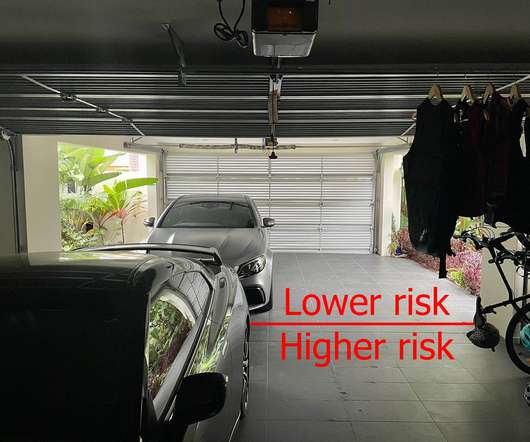IoT Unravelled Part 3: Security
Troy Hunt
NOVEMBER 25, 2020
I also looked at custom firmware and soldering and why, to my mind, that was a path I didn't need to go down at this time. Back to the bit about risks impacting data collected by IoT devices and back again to CloudPets, Context Security's piece aligned with my own story about kids' CloudPets messages being left exposed to the internet.













Let's personalize your content